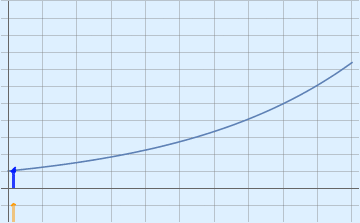Econometric and Financial Statistics
Objectives
This curricular unit provides mathematical and econometric statistics tools that allow the treatment of financial models, considering continuous time or discrete time, in order to obtain results regarding the relationship between different variables, in particular income and volatility, and as to causality and prediction. Also analyzed are possible regime changes, such as "stability" versus "crisis" situation or the switch between bull and bear.
Program
- Statistical-Econometric fundamentals
- Univariate and multivariate models
- Non-stationarity and cointegration
- Income and volatility
- Causality and Forecasting
-
Propagation of shocks
- Factors Models
- Poisson Process Statistics
- Markov Chain Statistics
- Diffusion Models Statistics
Bibliography
- Brockwell, P.J. and Davis, R.A., Time Series: theory and methods. Springer, 1991.
- Brooks, C., Introductory Econometrics for Finance, Cambridge University Press, 2008.
- Campbell, J., Lo, A. and MacKinlay, A., The Econometrics of Financial Markets, Princeton University, 1997.
- Durret, R., Essential of Stochastic Processes. Springer, 2012.
- Prakasa Rao, B.L.S., Statistical Inference for Diffusion Type Processes. Arnold, London and Oxford University press, New York, 1999.

